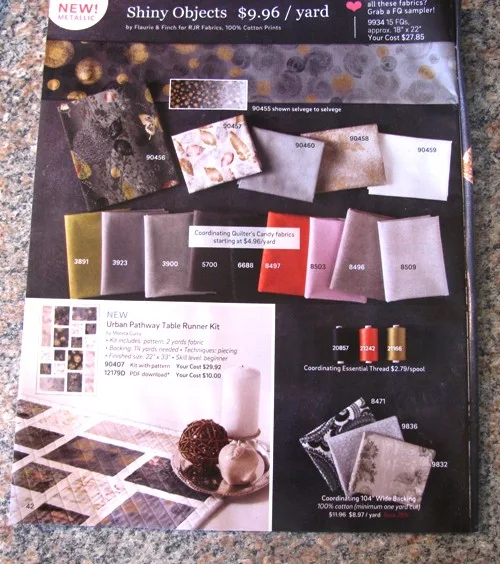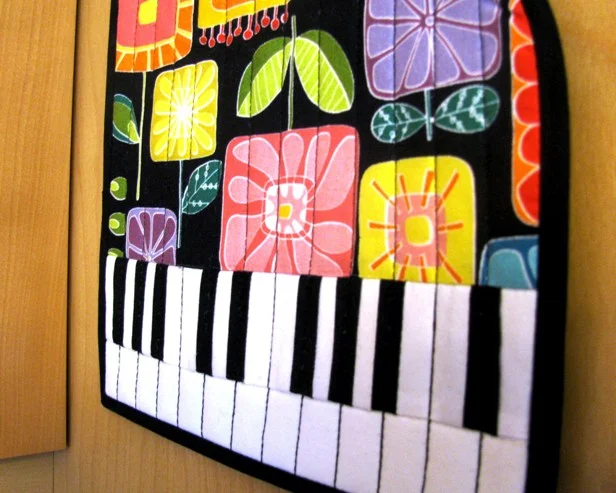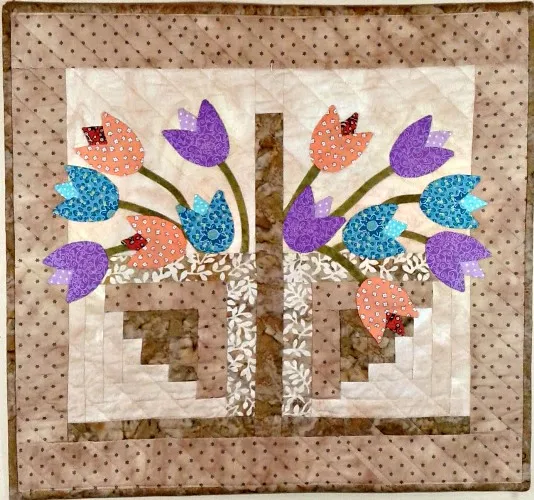USES FOR BATTING SCRAPS
- stuffed toys
- pin cushions
- zipper bag stabilizer
- bag straps
- post cards
- quilted coasters
- One of the best ways to reuse batting scraps is to join them to make larger sheets of batting for your quilting projects. Below are two simple ways to do this.
ZIG-ZAG STITCH TOGETHER
1. Trim the rough edges of the batting.

2. Butt the trimmed edges together. Do not overlap them.

3. Join the two pieces with a wide zigzag stitch.

FUSE TOGETHER
I normally zig-zagged my pieces together but in a rush one day, I used a quicker method that I now prefer. I now recycle my batting bits by joining them together with fusible interfacing. It's so much faster than stitching them together, and they hold together very well this way.
YOU WILL NEED
1. Trim the rough edges of the batting.

2. Butt the trimmed edges together. Do not overlap them.

3. Join the two pieces with a wide zigzag stitch.

FUSE TOGETHER
I normally zig-zagged my pieces together but in a rush one day, I used a quicker method that I now prefer. I now recycle my batting bits by joining them together with fusible interfacing. It's so much faster than stitching them together, and they hold together very well this way.
YOU WILL NEED
- batting chunks you want to join
- rotary cutter
- quilting ruler or regular ruler
- strips of fusible interfacing. (I used Pellon Sheerweight interfacing, but a medium weight interfacing will work just as well. I'm also pretty sure there is such a thing as batting tape but the interfacing does the trick).
1. Get your batting pieces and check if they are jagged on the edge or not (these are pretty jagged).

2. If the batting edges are jagged, trim a little off to make both edges straight.

3. Butt the two edges together as shown; don't overlap them.

4. Following the manufacture's instructions press the fusible interfacing securely to the batting.

5. This is something like what your batting will look like. Any puckers are not an issue because you won't see them once you sandwich your quilt.


2. If the batting edges are jagged, trim a little off to make both edges straight.

3. Butt the two edges together as shown; don't overlap them.

4. Following the manufacture's instructions press the fusible interfacing securely to the batting.

5. This is something like what your batting will look like. Any puckers are not an issue because you won't see them once you sandwich your quilt.





.jpg)



.jpg)




.jpg)

















